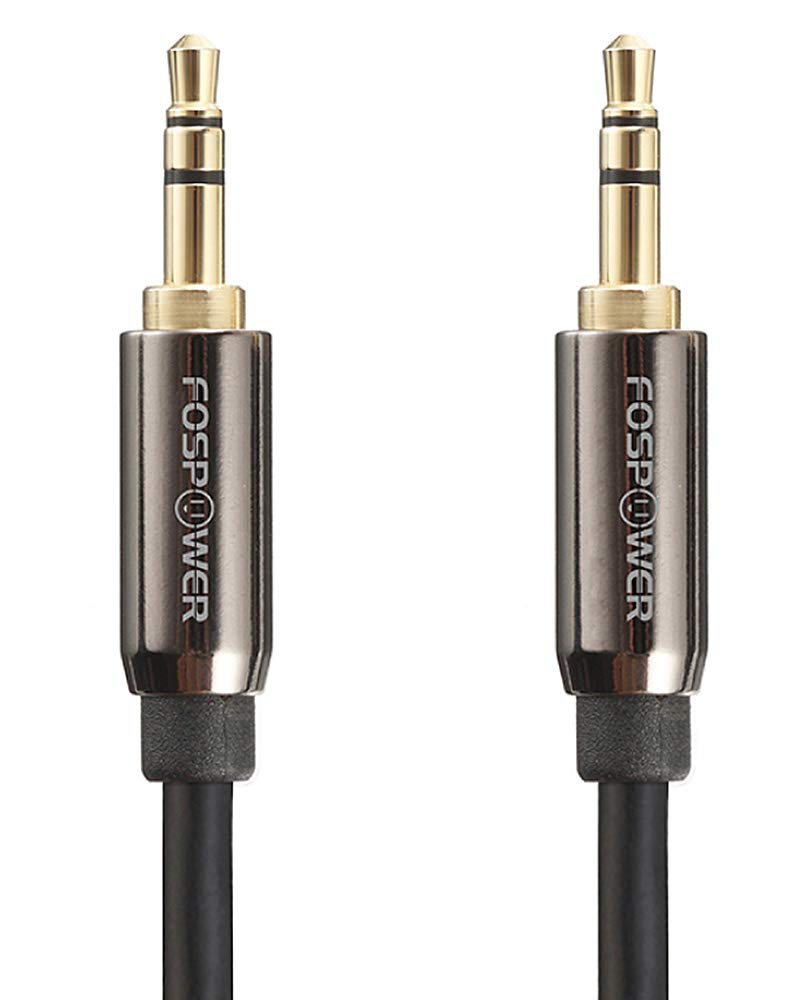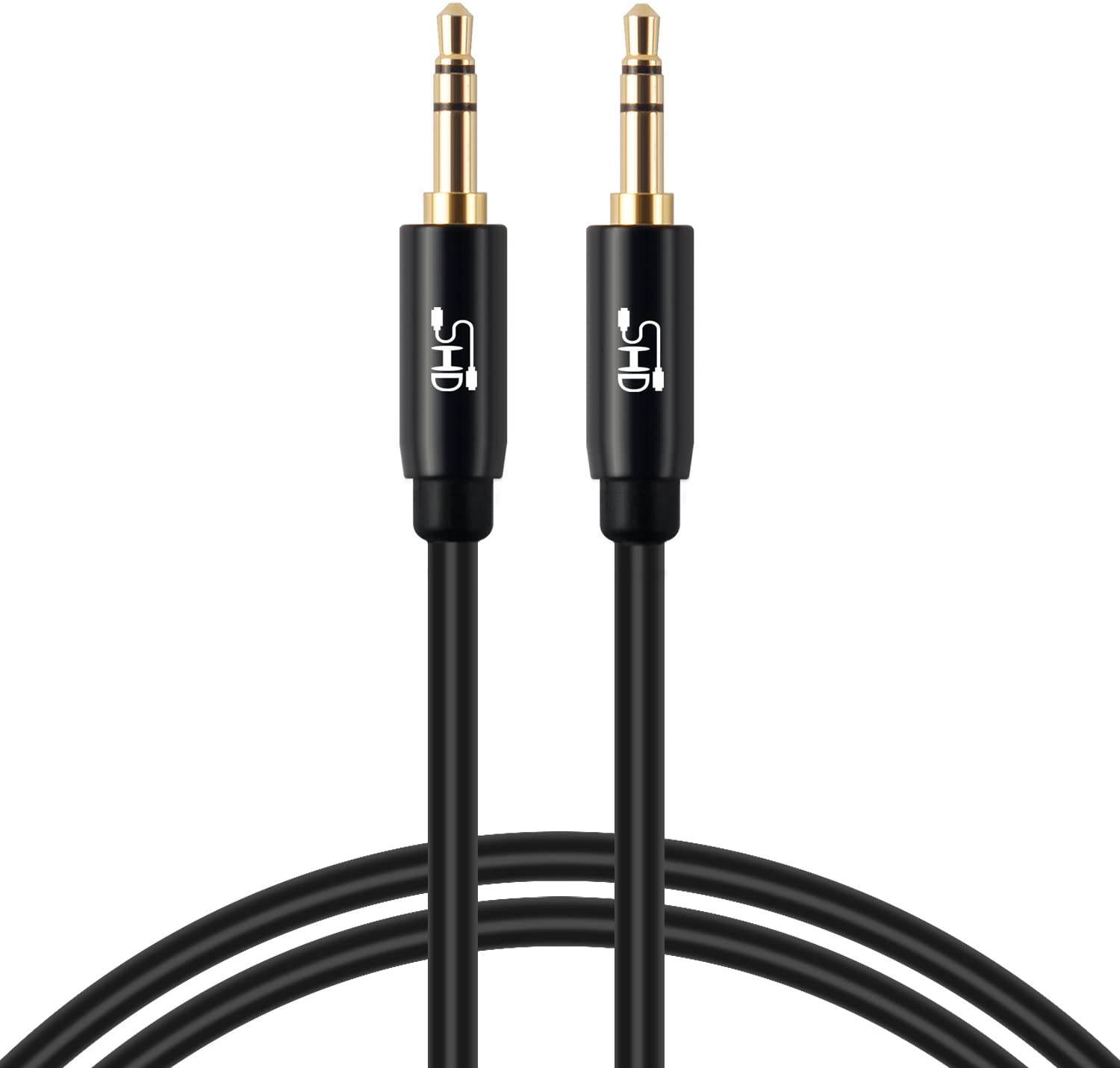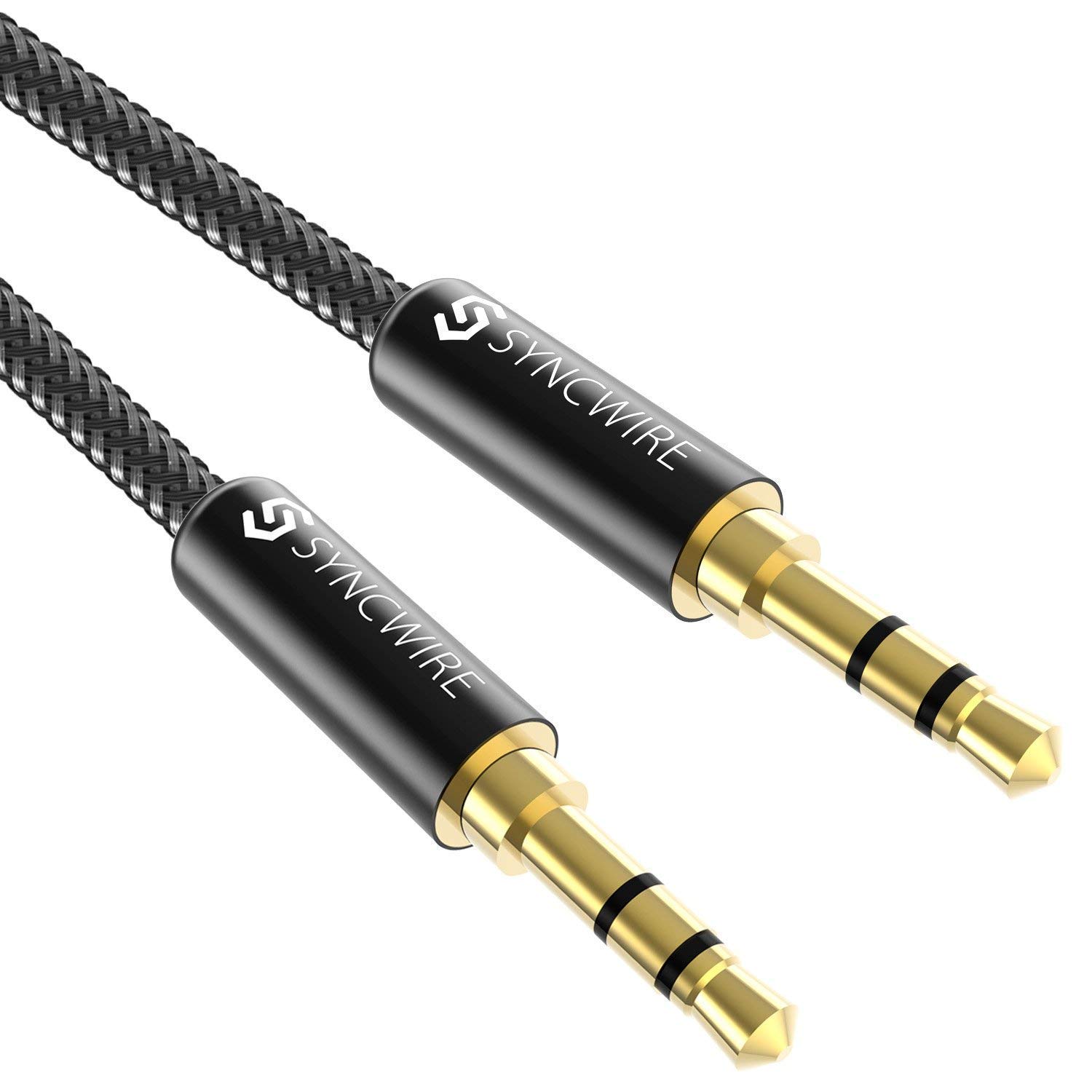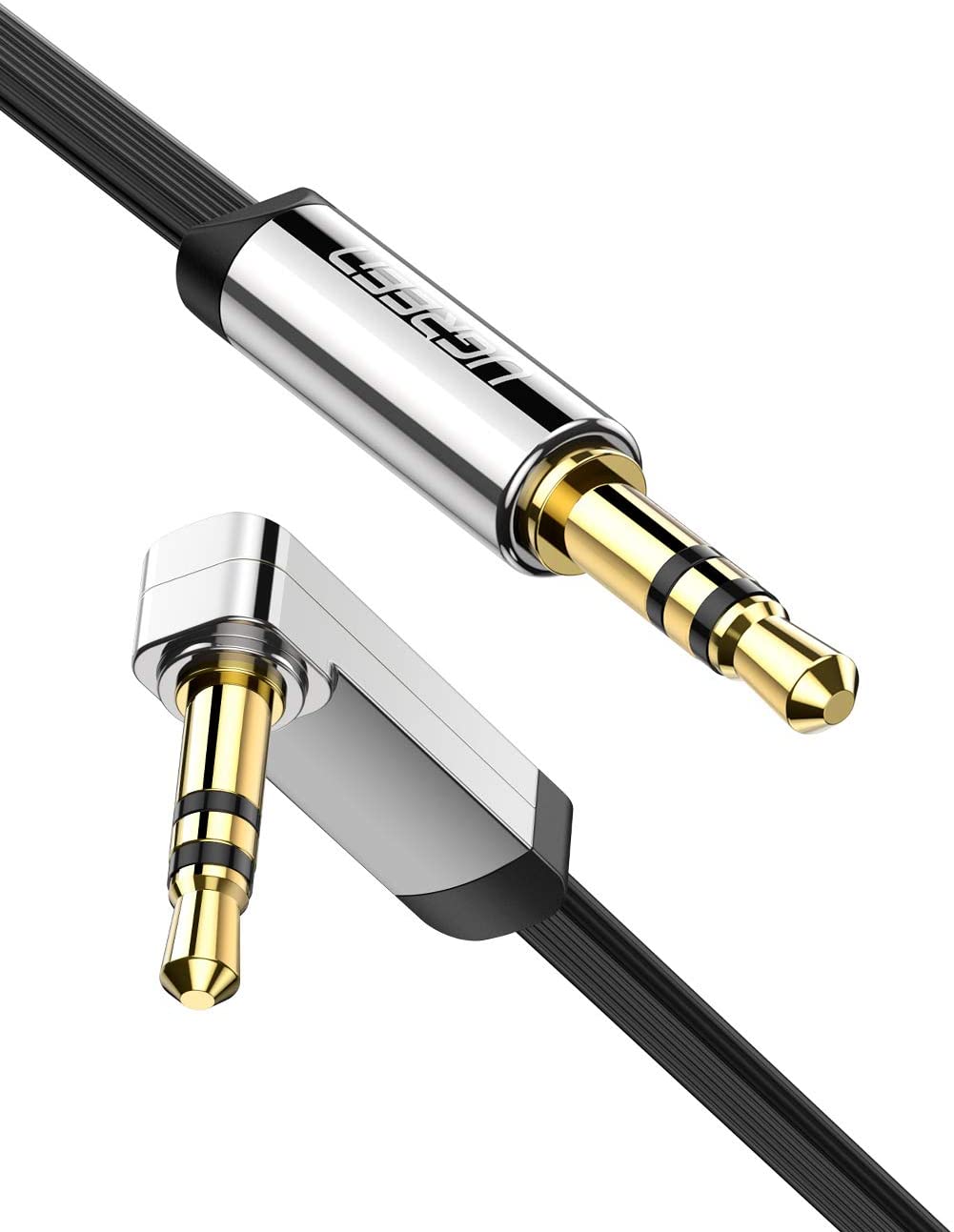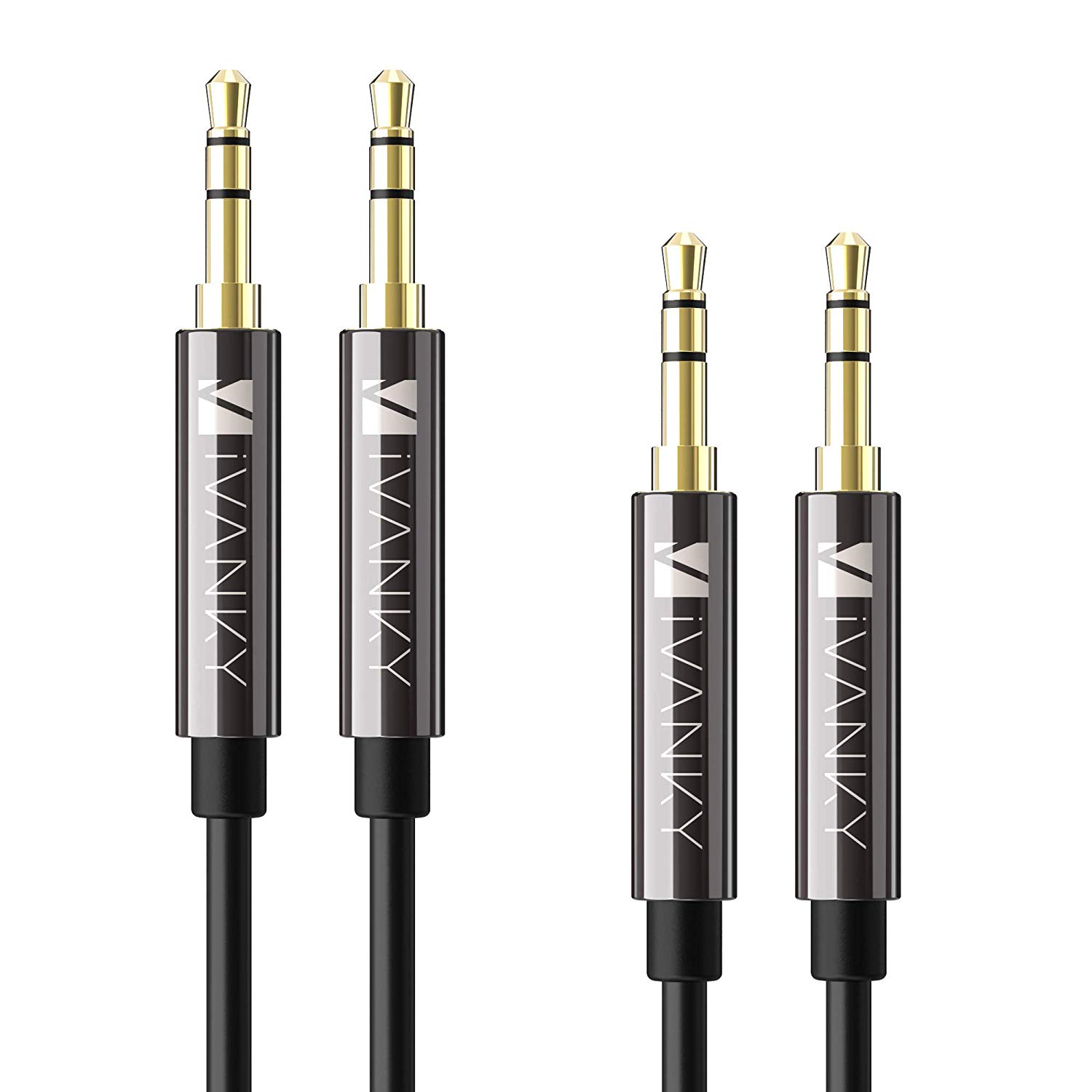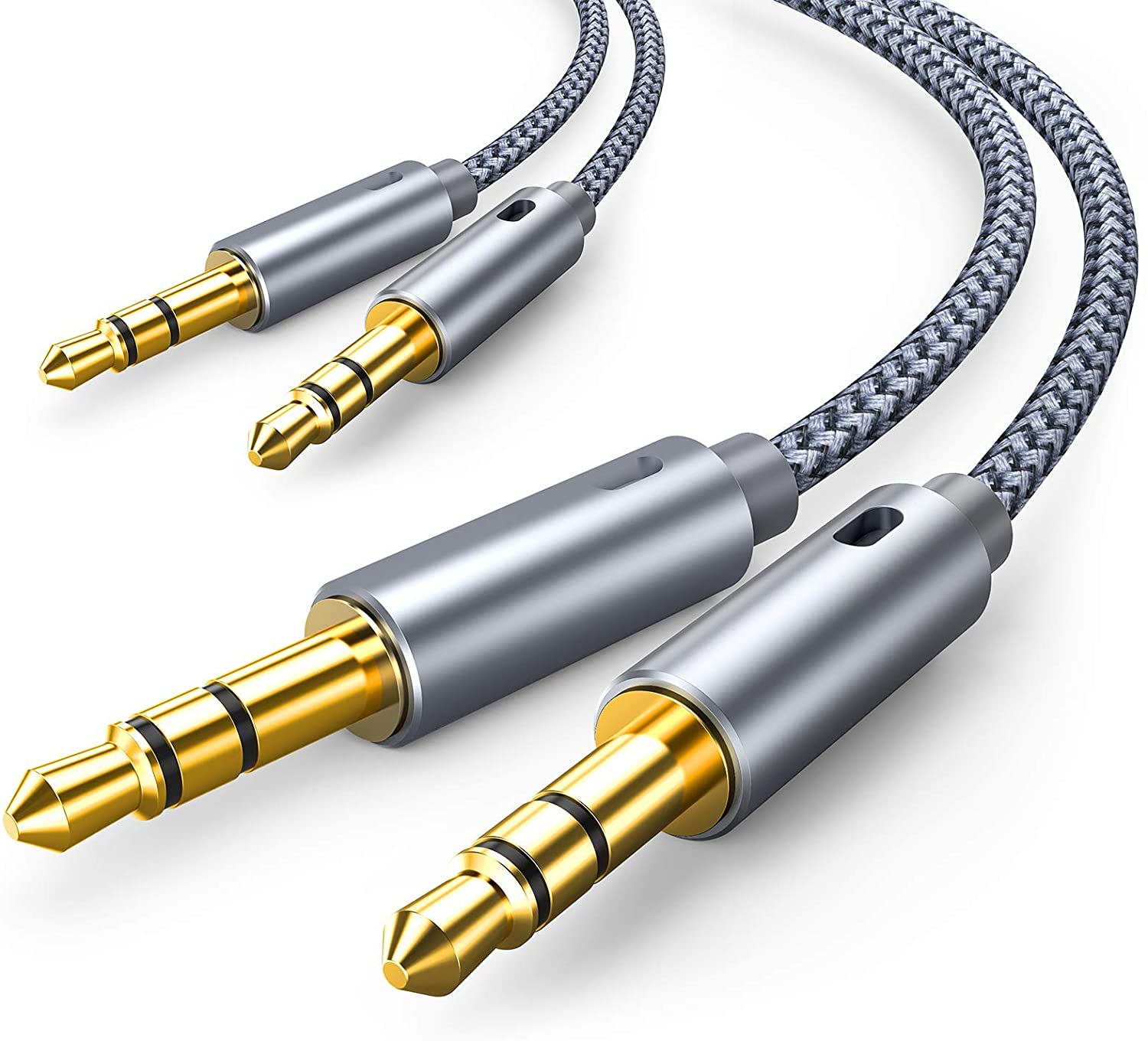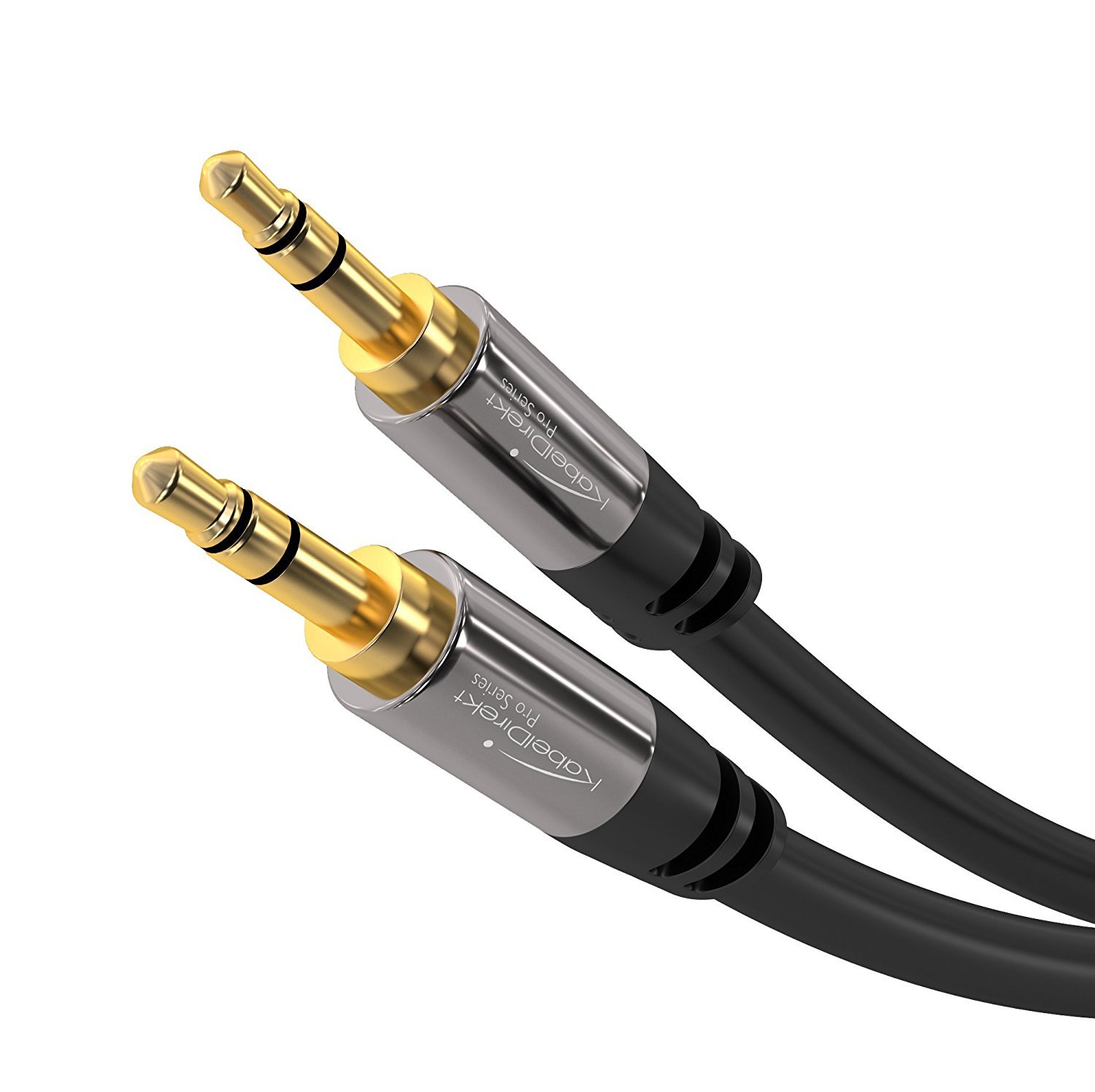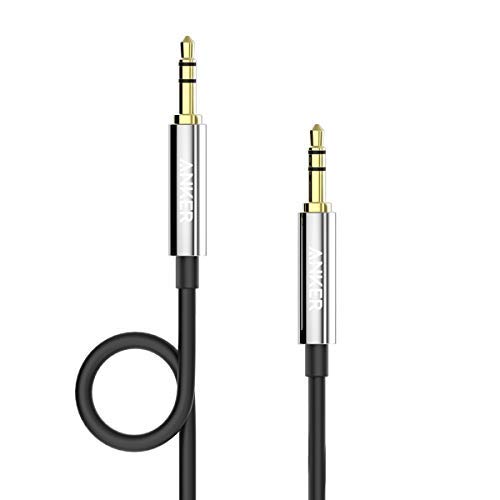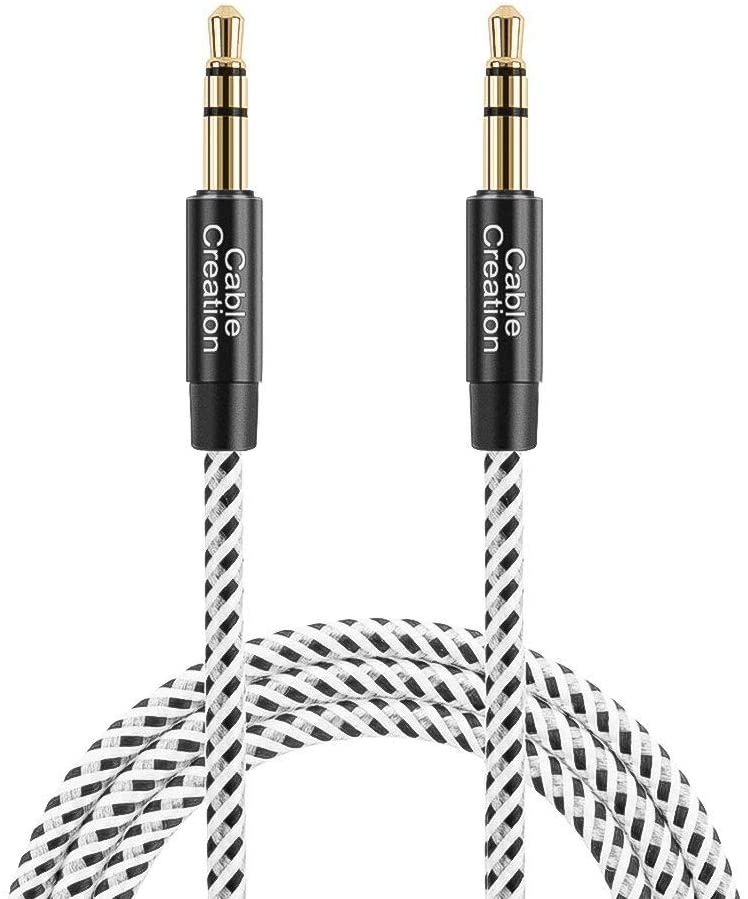FosPower 3.5mm Auxiliary Audio Cable, 15-Foot
Last updated: February 23, 2020
We looked at the top Auxiliary Audio Cables and dug through the reviews from some of the most popular review sites. Through this analysis, we've determined the best Auxiliary Audio Cable you should buy.
Product Details
In our analysis of 24 expert reviews, the FosPower 3.5mm Auxiliary Audio Cable, 15-Foot placed 10th when we looked at the top 10 products in the category. For the full ranking, see below.From The Manufacturer
FosPower premium 3.5mm male to 3.5mm male auxiliary stereo audio cable allows you to connect your iPhone, iPod, audio streaming device (e.g. ChromeCast Audio, Bluetooth audio receiver), MP3 player, CD player, smartphone, tablet, or any audio device with 3.5mm headphone jack to your car, office, or home audio system.
Expert Reviews
What reviewers liked
Long enough to stretch across the average household room
The good thing about this cable is that it runs in 6 size variants ranging from 1 foot to 25 feet
This cable produces a nice clean sound
What reviewers didn't like
Cord will tangle if given too much slack during use
May become loose and only work when positioned a certain way
View our Auxiliary Audio Cable buying guide for in-depth advice and recommendations.
